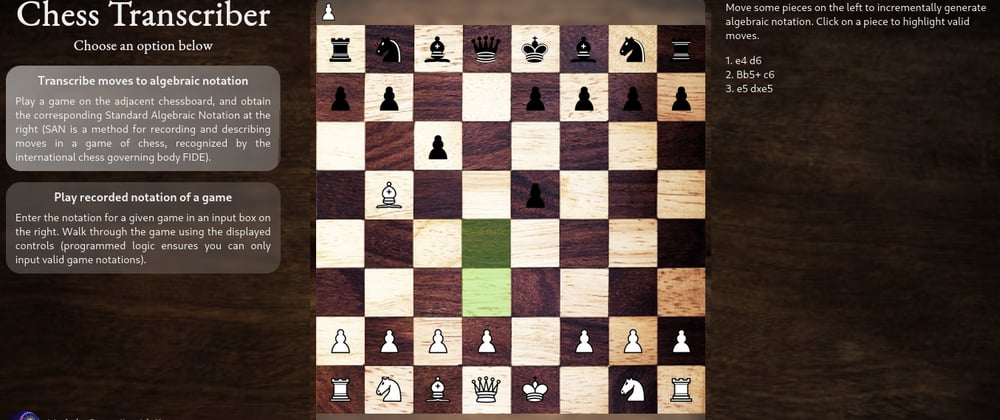React is today one of the most popular frameworks for coding UI layers of modern web apps. By the moniker “modern”, I mean an era where best practices have matured for the vast majority of use cases & some level of declarative programming has been achieved (you code what should happen, instead of how to do it).
I think there are two fundamental aspects of React’s popularity (especially compared to the frameworks / libraries used before it):
- Component architecture. Stemming from the CS notion of separation of concerns, React simplifies building complex apps by encouraging modularity (plug-&-play), reusability (DRY) and clear abstraction. This aspect has been kept in mind in the former frameworks as well, and React continues to implement it (much to the benefit of engineers for whom React is their first framework). Note the emphasis of React’s separating concerns despite coupling HTML/CSS and JS.
- Reactive programming. This is a declarative paradigm to create systems where asynchronous functions automatically handle updates to static content, without the programmer having to explicitly implement the updates. Over the last decade, this has transformed the engineering world with the rise of the internet (aka asynchronous land). Event loops/queues & efficient updating of declarative code has been extensively used to design reactive systems and React is a library bringing similar patterns to web UIs. Like in much of engineering, while imagining a system where only the updated UI pieces (only things to be done) are re-rendered (get done) is easy, implementing it in reality is hard (browser DOM operations are expensive & not designed for it). React tackles this by using a reconciliation algorithm on a virtual DOM (a JS object representing the DOM tree) to handle this reactively.
Chess transcriber
Here I want to talk about how I implemented a chess transcriber using React (source).
- Designing component architecture. The UI has a decent level of complex logic to it. At first, I divided the app in a Left Sidebar, main Chessboard and the Right Sidebar. The Left Sidebar should state instructions on how to use the app & let you choose functionality, the Right Sidebar should give functionality-specific instructions. And the main Chessboard is where all action should happen.
- Implementing the Chessboard took some thought and really capitalizes on the abstraction model of React. The entire Board (enclosed in a wooden box) has 64 Tiles, where each Tile’s props characterize it’s color, an onClick event listener, the piece on it & options to highlight it. I used the chess.js library to handle the underlying chess logic (the library has been coded over 10 years and provides an excellent API), and designed the UI dataflow keeping the library’s interface in mind.
- Handling the application state. At first, I tried passing props around to handle the UI updates, but it quickly became too complex to deal with. Not that it couldn’t be done, but the resulting design was ugly (not well abstracted, lots of re-implementation of code & lots of passing data to places where it doesn’t exactly need to be). I researched a bit, and indeed there are central state store implementations (often with the Flux architecture), which people like to use for complex component trees. I chose Redux to store where the pieces exist on the board & which are the highlighted tiles for a move, etc., and made the app work.
A second look & re-architecture
The more I learnt to think in React (and since I wanted to improve the app), I thought through exactly which component needed which data flow and how to arrange them in a well-organized dataflow-lean way. I decided to re-architect the app making the following changes.
- Component architecture. At first, I had divided the components focusing on UI, but that seems like a mistake. I have now divided the components based on functionality. The UI is an implementation / representation of the underlying UI logic — the main app (in JS) which says what is happening. This app (like any application code solving business logic) is divided into functions (i.e., by functionality). It often happens that this translates to separate UI components, but it’s important to note that the underlying driver of this abstraction is functionality, not UI. (For example, you can have a UI mixing up all outputs of various components in a well-written React app).
- State management. I realized that my app (much like a lot of apps out there) doesn’t really need to use Redux or even React’s Context API. This came in time when I realized that using Redux really makes sense when you want the actions (state changes) themselves (whether for bug reports, persistent storage or syncing UI across network). That is, in a way, Redux helps to decouple the actions from the components themselves. Even deep component trees which on first glance seem like they would benefit from a central store (via Flux or Context) can often be rearranged in a way that encourage component composition with appropriate local state initialization / usage.
This app has been pretty useful to appreciate the underlying design choices of React and to understand when exactly to use (or not) Store libraries. Clean code comes from clean architecture, which requires having a clear idea of what exactly various tools offer, and when they make sense to use. Try out the app, and let me know your thoughts!








Latest comments (1)
Great article, keep the good work! Liked and followed! 🚀